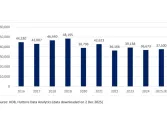
Why APAC investors should diversify their real estate investments now
Find out what CBRE’s Four Quadrants framework is all about.
In a new research report, CBRE recommends Asia Pacific investors to enhance diversification through broader use of real estate investment approaches to offset downside risks stemming from rising interest rates, ongoing property market adjustments, and softer fundraising conditions.
CBRE’s “Four Quadrants” framework, encompassing public equity, private equity, public debt, and private debt, offers investment options for real estate investors with varied liquidity, control, and potential risk-adjusted returns.
Notably, the region has seen strong growth in private real estate funds, with close-ended vehicle assets up 11% over the past decade to US$65.6 billion awaiting deployment, largely from opportunistic mandates. Public real estate also presents opportunities, with 309 REITs capitalised at US$376.5 billion across Asia Pacific.
“Many REITs are now trading at a discount, presenting attractive entry points,” said Dr. Henry Chin, Global Head of Investor Thought Leadership and Head of Research, Asia Pacific for CBRE. “In the current environment, institutional investors can increase strategic allocation to public equities and debt. Private equity funds may also take REITs private as private market adjustments have been less pronounced.”
CBRE estimates a US$5.1 billion debt funding gap for Asia Pacific commercial real estate by 2025, with the office sector facing the largest shortfall. Green property bond issuance in the region also reached US$8 million in 2022, presenting Environmental, Social and Governance (ESG) debt opportunities.
“Bridge and development loans could see increasing demand,” said Greg Hyland, Head of Capital Markets, Asia Pacific for CBRE. “Attractive returns may be found through credit solutions in strong markets like Australia and Korea, as well as restructurings in the resistant Chinese residential sector.”
To read the full report, click here.


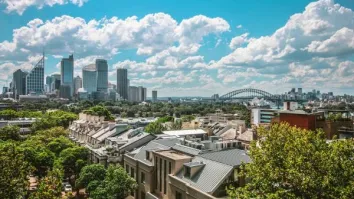

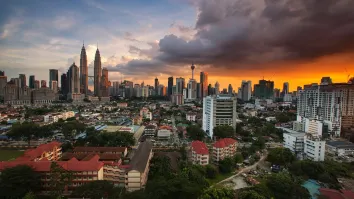
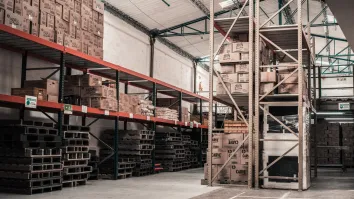

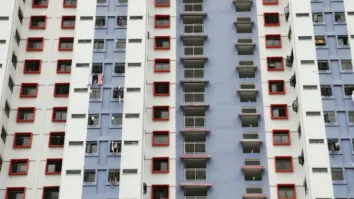





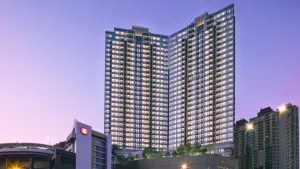
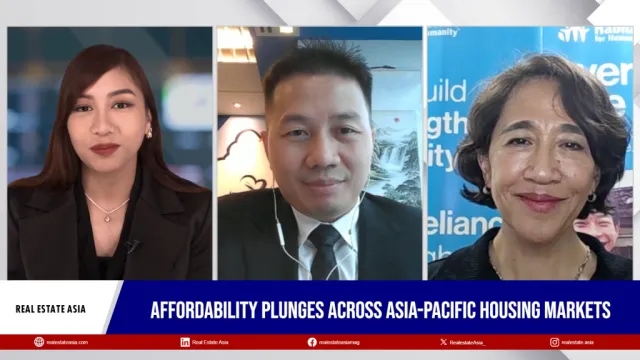
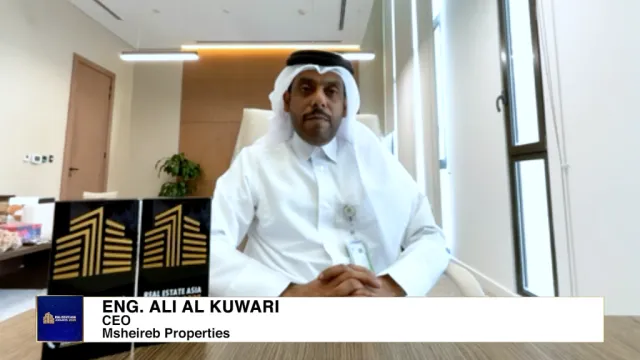
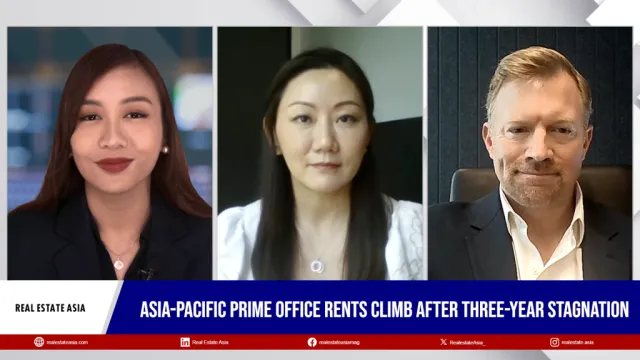


 Advertise
Advertise
